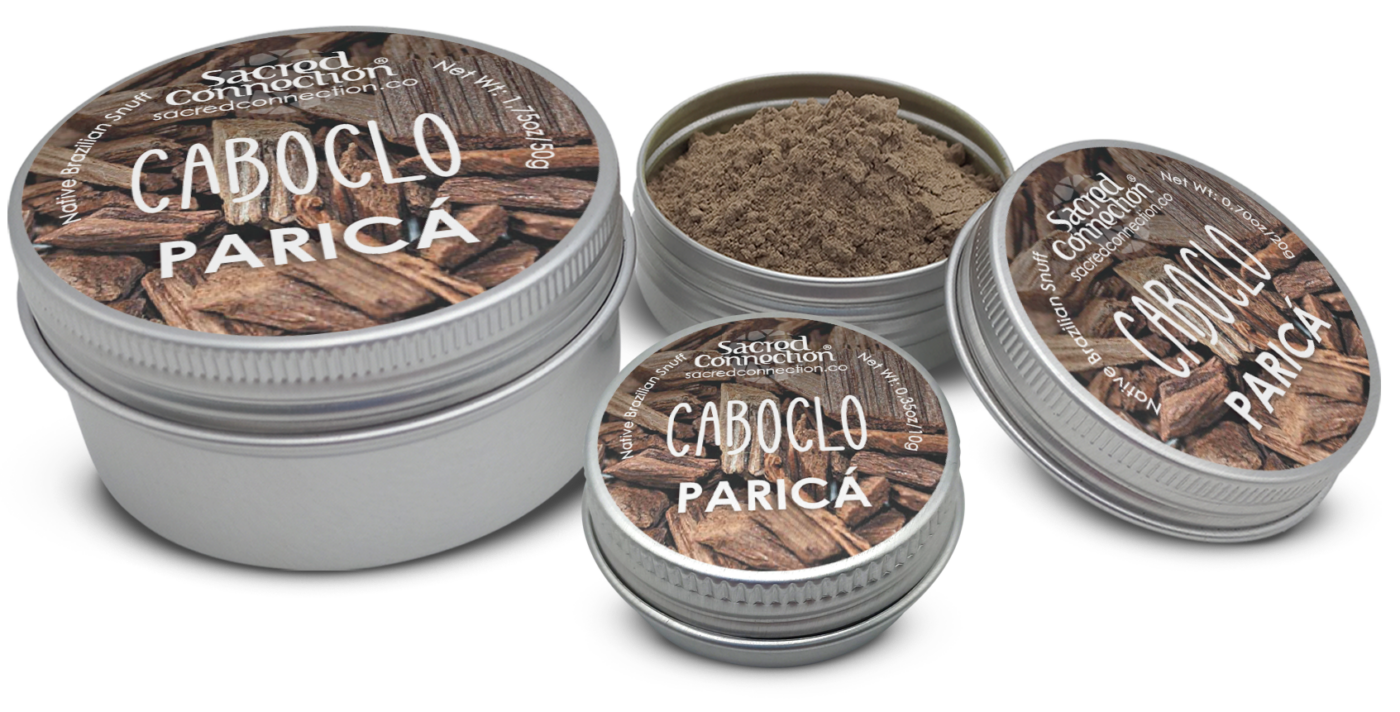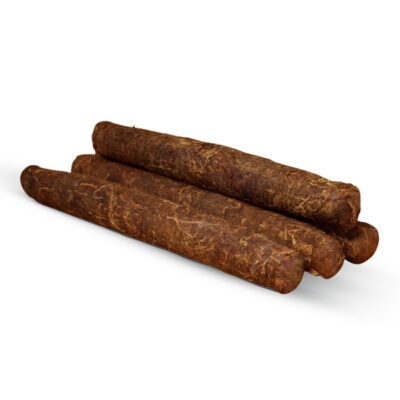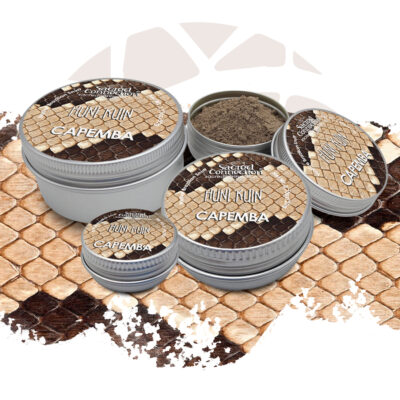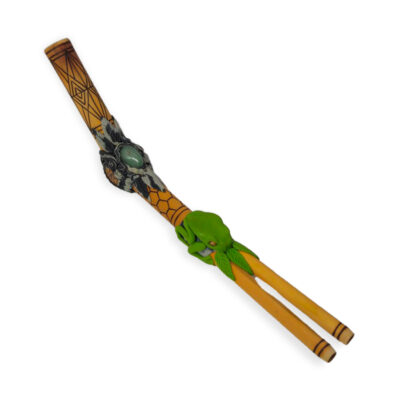La signification de Caboclo
Dans la culture brésilienne, et plus particulièrement pour les peuples qui résident dans la forêt amazonienne, le mot Caboclo est synonyme d'unification de différentes cultures : les personnes considérées comme caboclos sont d'ascendance mixte, souvent une combinaison généalogique d'héritage et de génétique européens, indigènes et africains. Cette fusion signifie également l'intégration de coutumes et de pratiques distinctes dans la vie quotidienne des communautés qui les composent.
Les bouffées chamaniques créées et produites par les caboclos portent souvent la même désignation et reflètent les aspects mixtes de toutes les cultures qui composent leur histoire et leur lignée. Ces rapés sont généralement considérés comme l'une des variantes les plus puissantes de ce médicament sacré, car leur recette semble généralement contenir des feuilles de tabac rustique. Des documents historiques locaux relatent l'utilisation des tabacs à priser Caboclo par les Pajés (chamans guérisseurs) dans leurs voyages spirituels, au cours de cérémonies et de rites, en particulier ceux destinés à la guérison et ceux qui impliquent la méditation et la transcendance.
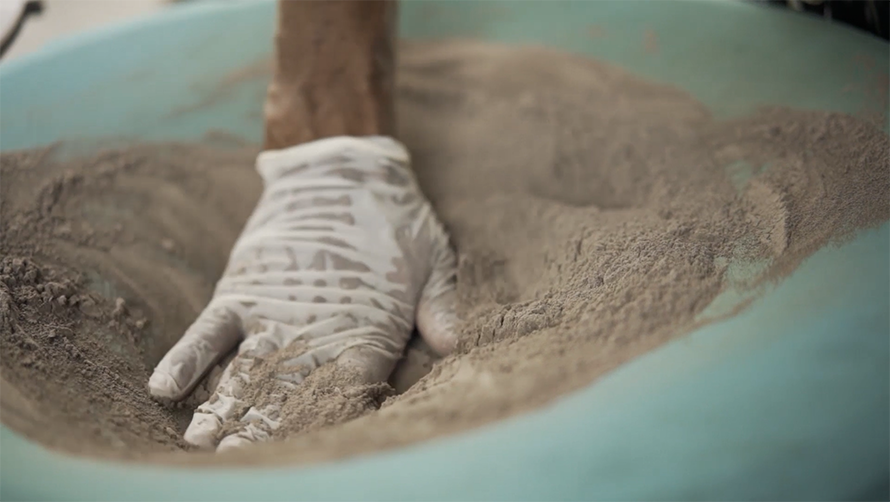
L'arbre aux multiples noms
Arbre à feu brésilien, arbre à tour, arbre à fougère, Xinxá, Paricá, Pashaco, Cerebó, Schizolobium amazonicum. Cette plante exceptionnelle est originaire de l'Amérique centrale et de l'Amérique du Sud. On la trouve souvent dans les régions qui s'étendent de la Colombie au Pérou, en passant par le sud du Venezuela et le nord-ouest de l'Amazonie brésilienne. C'est un arbre qui peut produire une grande quantité de graines et qui, à maturité, atteint une hauteur de 25 mètres en un laps de temps relativement court (4 à 5 ans).
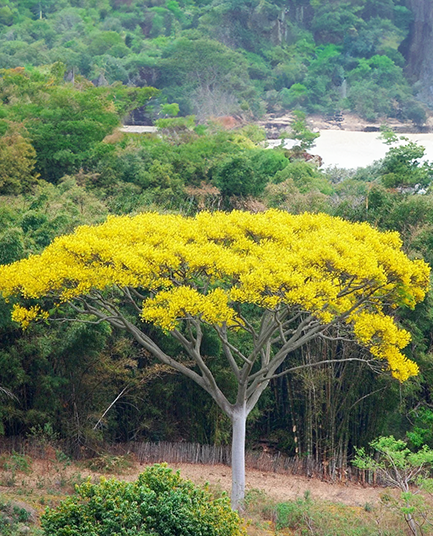
Il s'épanouit dans les climats chauds et tropicaux et son tronc, apparemment mince, est en fait très robuste et résistant. Sa couronne s'anime et s'illumine de spectaculaires nuances de jaune lorsque ses fleurs s'épanouissent, emplissant l'air d'un parfum unique et délicieux.
Culturellement, son fruit est utilisé comme traitement thérapeutique pour les problèmes respiratoires et reproductifs, tandis que la gomme de son écorce est couramment utilisée dans la fabrication d'infusions, de sirops et même de peintures. La gomme de son écorce est couramment utilisée dans la fabrication d'infusions, de sirops et même de peintures. Cet extrait peut être incorporé dans des médicaments destinés à soulager la toux et les symptômes liés aux contusions et aux rhumatismes.
Pour voir l'arbre Paricá dans son habitat naturel et en apprendre un peu plus sur lui, regardez cette vidéo ! N'oubliez pas d'activer les sous-titres en anglais.
Le parcours d'un maître à penser
Jesse Nunes de Paula, un fabricant de rapé né et élevé dans la forêt amazonienne, partage avec nous le parcours complexe et expérimental qu'il a suivi dans ses études sur les plantes médicinales, depuis la prise de tabacs chamaniques utilisés par ses frères jusqu'à l'illumination qui a abouti à la création de quelque chose de nouveau et d'unique, aujourd'hui connu par d'innombrables membres de sa communauté et praticiens de la médecine naturelle dans le monde entier.
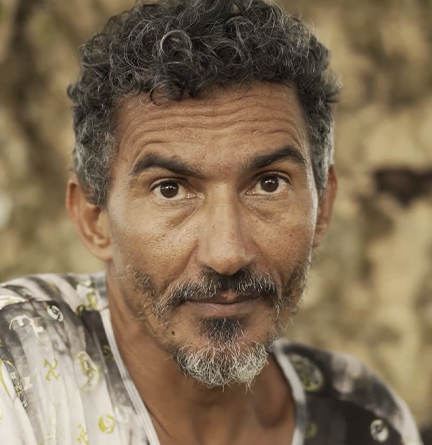
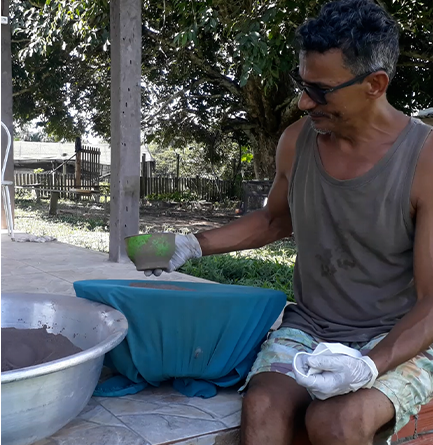
In an interview for Sacred Connection, he explains that the creation of his Caboclo Paricá Rapé was “an experiment, a revelation.” Its name comes from a tree that is usually referred to as Xixá, but which Jesse refers to as Paricá; this plant was a source of inspiration and insight, as it represents and offers, as part of the snuff, a deep connection with Mother Earth’s powers. Jesse explains that this potent energy can be felt especially around the head area, but that, by taking his rapé, people can feel it flowing all through their body.
Ce maître rapé explique ensuite comment le fait de partager ses rapés et ceux de ses frères avec le monde entier a aidé son village et son peuple à prospérer, car les revenus générés par ces ventes assurent la durabilité, en les aidant à travailler avec les ressources naturelles qui les entourent, tout en constituant une raison supplémentaire de contribuer au processus de reboisement, car chaque médecine sacrée nécessite différentes sortes de plantes naturelles pour les régions indigènes qu'elles occupent.
Embarquez pour ce voyage lumineux avec notre frère,
Jesse, et apprenez tout ce qu'il a vécu.
Caboclo Paricá rapé !
